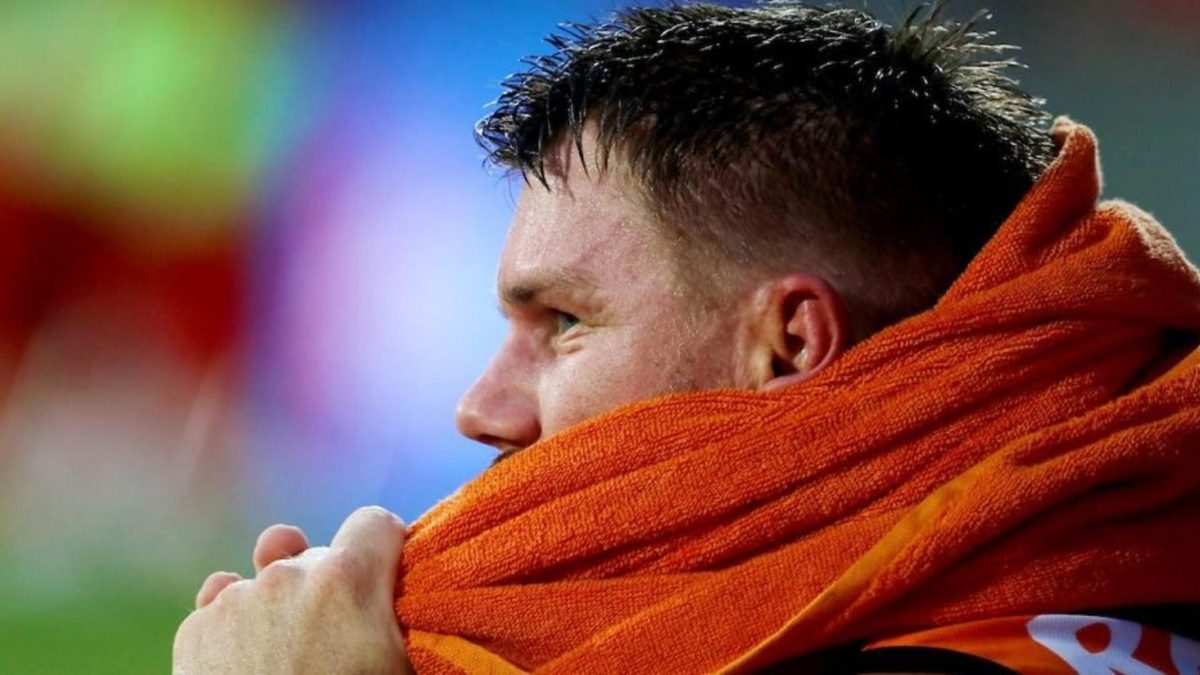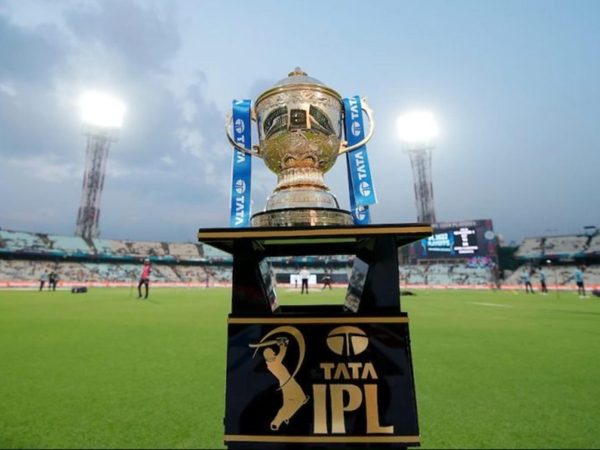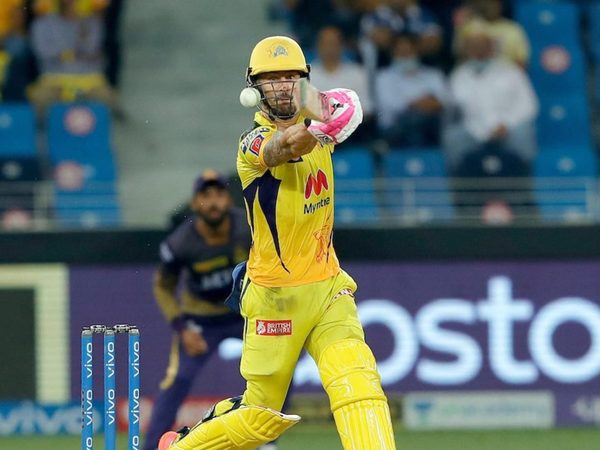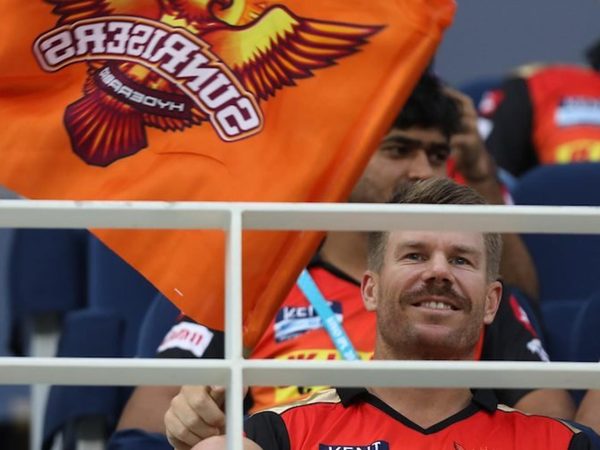
David Warner’s omission from the Sunrisers Hyderabad XI is not just an indication of the franchise’s future plans, but could also be the beginning of the end of his international career, writes Sarah Waris.
It is rare that an international player takes responsibility for his team’s defeat in a franchise T20 leagues. But David Warner has always been a rare player. A player who, through his on-field and off-field performances has etched his place in the hearts of all SRH supporters, opened himself up to their ire as he exclaimed, “I take full responsibility. The way that I batted was obviously very slow. I was hitting a lot of fielders and I was very, very frustrated,” after his team’s seven-wicket loss against Chennai Super Kings in the first half of IPL 2021.
In a match where he got his 50th IPL fifty and his 10,000th T20 run, Warner struggled to 57 off 55 balls as his side managed 171-3 in their 20 overs, a target that was easily chased down by the rivals. At first glance, his stint in the middle could have been termed the customary “bad day in the office”. That hefty milestone showcases his quality, and his international calibre is not in doubt. A Test triple, 43 international tons, including at least one in all three formats, and averages above 45 in Test and ODI cricket are all numbers that justify him being designated an all-format great. His belligerent ball-striking atop the order has allowed Australia to continue their brutal home dominance with only a few interruptions, despite the slew of legends that retired before his debut. But as his troubles continue in the tournament and elsewhere, a larger threat looms.
It wasn’t that Warner struggled for runs in the India leg of this year’s IPL. Scores of 3, 54, 36, 37, 6, and 57 on sluggish wickets cannot be held against him — he was, after all, the team’s second-highest run-scorer in India. But a strike rate of 110.29 showcases a lack of rhythm which punctured the threat of his presence. For players like Warner, who intimidate the opposition by their mere presence on the teamsheet, losing that aura is a big deal.
Against CSK, he never got going, with either timing or placement. He failed to find the gaps, and when he did, his hits lacked power. With every mishit, Warner remained on the edge, swinging the bat in anger, but the harder he tried the harder he seemed to fail.
The resumption of the IPL offered teams a new opportunity to shine, as it did Warner, but without any games in four months, the left-hander looked rusty as he came up against the tearaway pace of Anrich Nortje against the Delhi Capitals. He was unable to negotiate the South African’s bounce and movement — aspects that have never before been his nemesis — and he looked nervous throughout his three-ball stay at the crease, which eventually ended without a score.
With slackened footwork and his head falling over, Warner was sluggish in responding to all three deliveries that he faced. In the next game against Punjab Kings, the Australian nicked an angled delivery off Mohammad Shami to the wicketkeeper: a ball that he would have smashed through point for a four in his prime. As he walked back for a three-ball two, in what was possibly be his last IPL match for SRH, Warner faces a stern test ahead of him as he needs to prove his mettle all over again.
Is the IPL form an aberration?
A month short of 35, Warner is not getting any younger, and it is only natural to ponder over the opener’s international future. Though it might seem far-fetched to decide based on limited outings after a groin injury, which Warner admitted could affect him for at least a year, his dwindling form for Australia in the last few seasons does not paint the brightest picture. Banned for a year after the infamous sandpaper-gate in 2018, Warner was back with a bang with 692 runs in just 12 innings in the IPL that year, scoring them at a strike rate of nearing 144. It was followed by an even more stunning World Cup, where he ended with six 50+ scores, including knocks of 122 and 166. Just when it was assumed that Warner had returned a more determined player, eager to redeem himself in front of the passionate fans Down Under, a slump followed, which has not yet been overturned.
He was worked over by Stuart Broad in the 2019 Ashes, and while a century and a triple against a green Pakistan attack suggest a return to his best, he has passed 50 just once in Tests since that knock. His ODI form has stayed just about in tact, Warner averaging 43 in 2020, but his Test and IPL struggles mean that he is no longer that player oppositions fear.
He might yet return to being the player he was. He is still a distance from being match-fit, and Australia’s lack of any cricket of substance makes any definitive conclusions hard to reach. But also, he might not. Never the best player of spin, Warner always relied on his eye and reactions against the faster bowlers to leave a mark, but his recent troubles against them suggests that his reflexes might not what they used to be.
Warner has bounced back before, improving against spin and on seaming tracks after it was initially feared his uncomplicated technique might be unsuited. And his resilience on comeback from the ball-tampering scandal gives more reason to think he could return to his best. Even if he doesn’t, if he has played his last IPL game and his last Australia game isn’t too far away, his rich haul of 5,449 runs in the IPL, 4,014 of which came for Sunrisers Hyderabad, will forever echo his greatness.
But whichever way his career pans out, what is true right now is that a team with Warner in it no longer carries the same threat. Even if his form can be recovered, that will take longer to rebuild.








